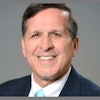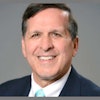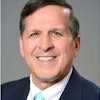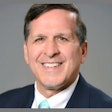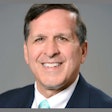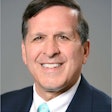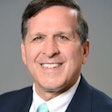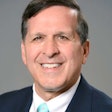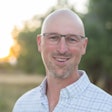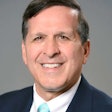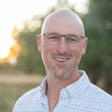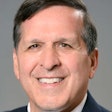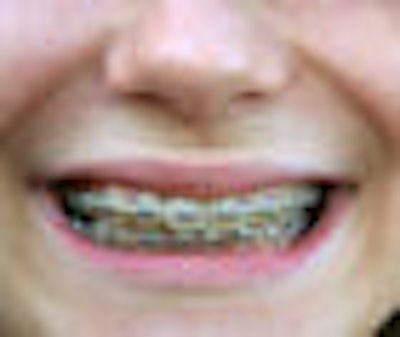
With the issue of access to oral care such a hot topic these days, an "old" technology is beginning to resurface as a potential solution for some underserved populations: teledentistry.
A recent pilot study demonstrated that teledentistry can be used successfully to provide orthodontic services to underprivileged children who otherwise would likely not receive the care (American Journal of Orthodontics and Dentofacial Orthopedics, November 2008, Vol. 134:5, pp. 700-706).
“This approach has the potential to address the disparity in access to orthodontic services in the U.S. for low-income families.”
— Gregory King, D.M.D., D.M.Sc.
Orthodontics professor Gregory King, D.M.D., D.M.Sc., and his team at the University of Washington, Seattle, used teledentistry to supervise interceptive orthodontic services by a general dental practitioner serving underprivileged children in a rural community of Washington.
The general practitioner, who previously had read a manual on interceptive orthodontic procedures and shadowed an orthodontic specialist, treated 33 children ages 8 to 11 in a rural health clinic. Dr. King's team found these children had similar outcomes to a group of 96 kids who were treated by orthodontic residents with direct orthodontist supervision.
"This approach has the potential to address the disparity in access to orthodontic services in the U.S. for low-income families," he noted in an interview with DrBicuspid.com.
Camilla Tulloch, D.M.D., a G. Fred Hale Professor of Orthodontics at the University of North Carolina at Chapel Hill, has watched Dr. King's team perform consulting work via teledentistry. She was impressed by what she saw, but feels the sophistication of the equipment may make it difficult for some people to use. She also pointed out that the general dentists treating the patients require significant orthodontic training to carry out the orthodontist's instructions.
"But those aren't insurmountable problems," she said. "The really neat thing is the interaction between the specialist orthodontist at the home base and the guy out in the field treating children. It was remarkable to watch how immediate and vivid the interaction was between the dentist who was doing the work and the orthodontist who was supervising it."
Window of opportunity
Untreated malocclusion is common among children who are socially disadvantaged, and there is a narrow window of opportunity in each child's life to correct the problem relatively quickly and easily. To see whether an innovative angle could be used to tackle this problem, Dr. King and his team set up a videoconference unit in their department at the university and another at the Yakima Valley Farm Worker's Clinic in Toppenish, WA, which serves mostly migrant farm workers. This let the university orthodontists communicate in real-time with the dentist and patients.
The setup was completed with an intraoral digital video camera system at the health clinic and special software installed on laptops in both the orthodontics department and the rural health clinic. This let the orthodontist and onsite dentist review the patient photographs and radiographs together.
In the pilot study, Dr. King's team treated a group of pediatric patients at the Yakima Valley site with mixed dentition and sufficiently serious malocclusion that would warrant Medicaid funding based on the Washington health authority's "medically necessary" criteria. They used as controls the 96 consecutively completed interceptive orthodontic cases at the Odessa Brown Children's Clinic in Seattle between 1998 and 2003 who completed pre- and post-treatment outcome assessment. The control group's treatment was provided by first- and second-year orthodontic residents who were supervised directly by orthodontists.
Children in both groups had significant improvements after treatment, and the malocclusion improvement in the two groups was similar, at 44.1% in the Odessa Brown group and 35.6% in the Yakima Valley group.
Areas of concern included the time involved and the equipment. While there was a 1:1 ratio of supervisor to orthodontics care provider at each site, the supervising orthodontist spent much more time on each case with teledentisry than with traditional supervision. There also were many video system breakdowns, and they were unpredictable and varied in length from minutes to hours.
"But reliable and inexpensive videoconferencing systems are coming online all the time -- for example iChat, Skype, and Gmail -- so I expect this will not be a significant problem in the near future," Dr. King said. "Maintaining patient privacy may be a bigger problem when using these systems."
He said his team would now like to conduct a randomized, controlled trial to assess all of the possible barriers to implementing this approach in the Northwest, and also to try out a limited network in Washington. These and other tests will help refine this application of teledentistry, including determining its cost-effectiveness and its feasibility for use across the U.S.
"Since this approach is only being used for research so far, we have not yet considered how the specialist would be reimbursed," Dr. King said. "I can envision a limited number of orthodontists being hired as consultants by Medicaid and paid a salary to supervise these procedures via teledentistry."
The newly installed dean of dentistry at Temple University, Amid Ismail, B.D.S., M.P.H., M.B.A., is an expert in public health. When contacted by DrBicuspid.com, he noted that teledentistry for orthodontic care will help increase access to orthodontists but will not significantly reduce the high cost of care.
"Hence, we need to improve the financing of care for low-income Americans and find cheaper ways to provide care while maintaining the same outcomes achieved with current methods," commented Dr. Ismail.
